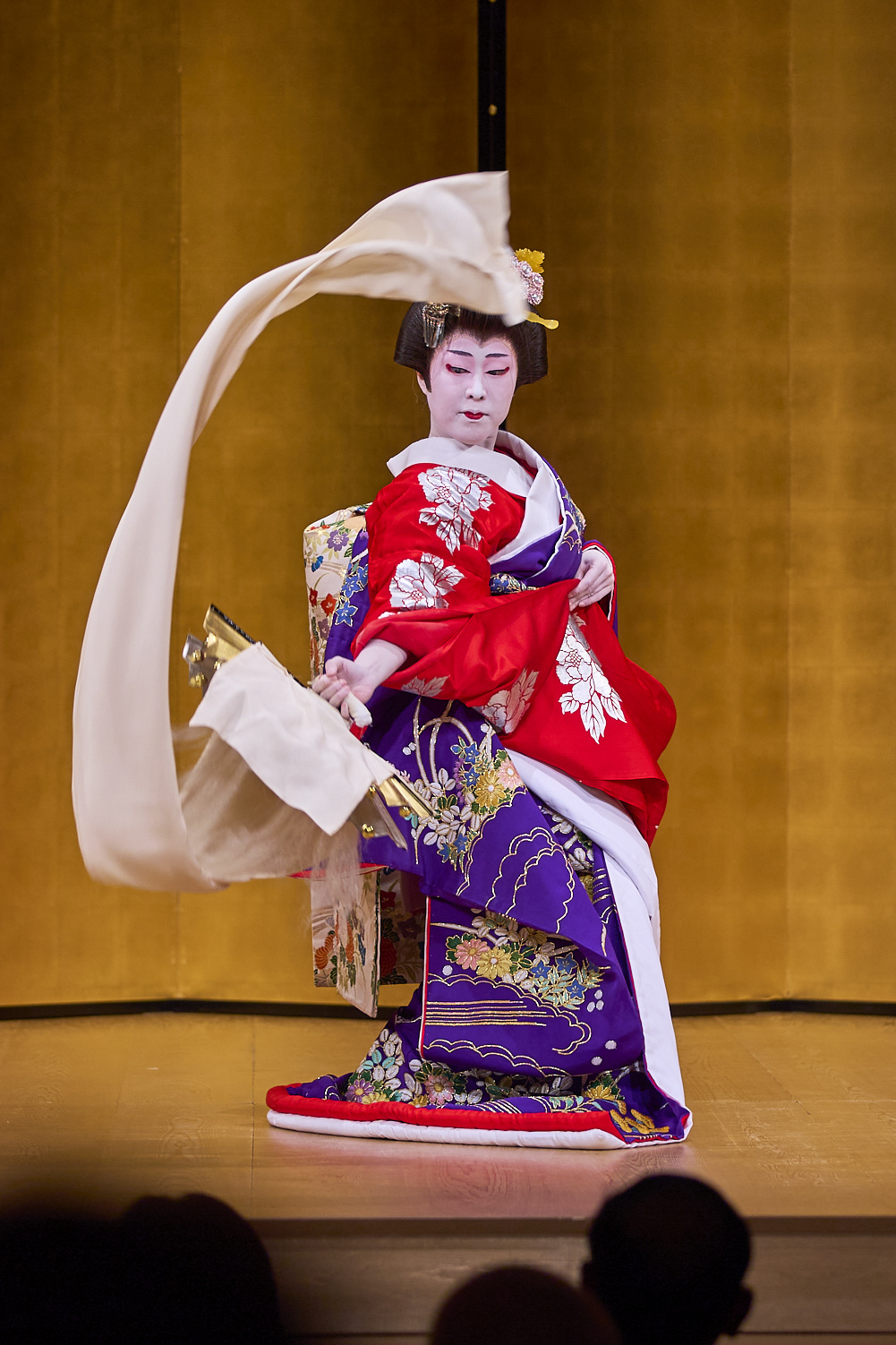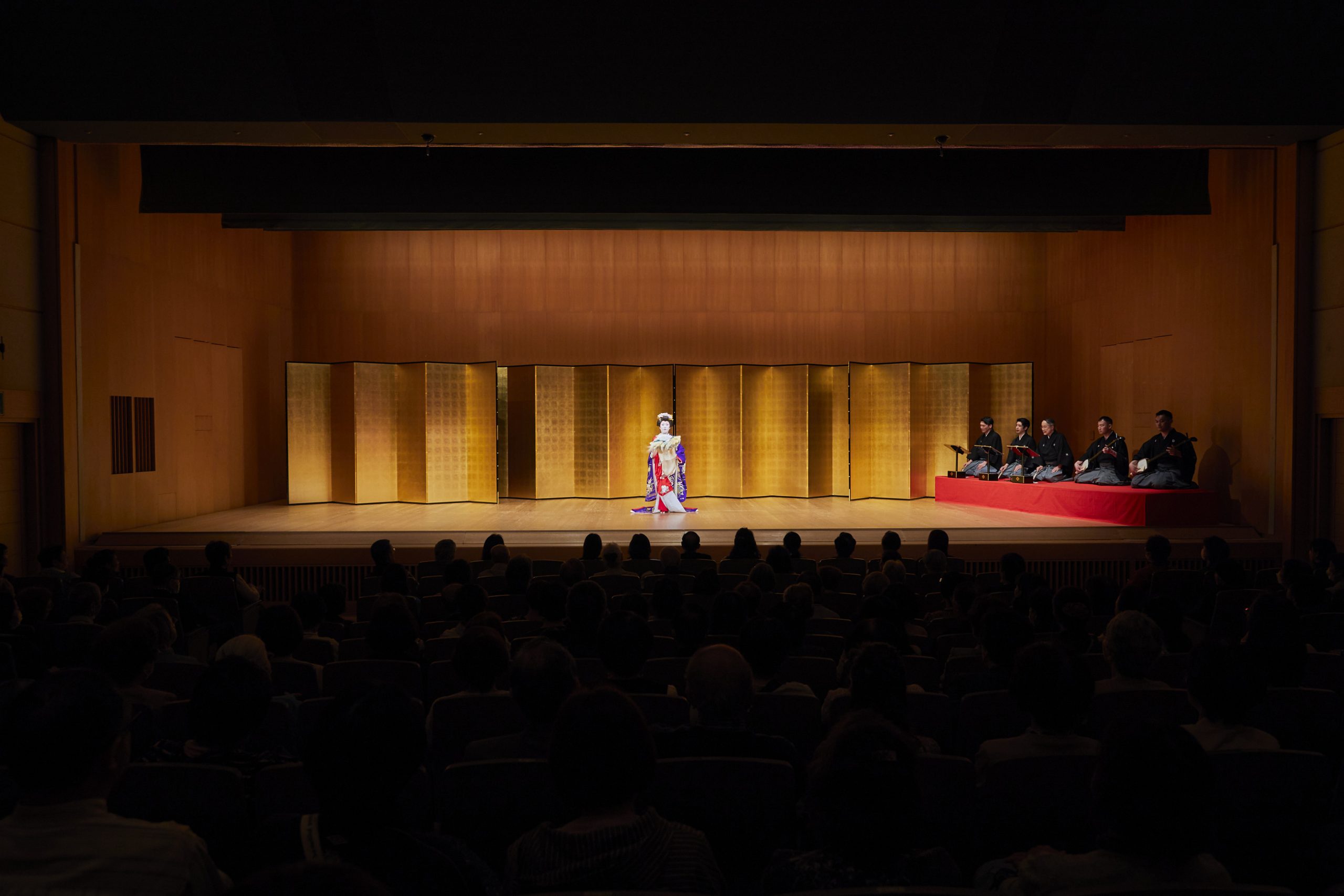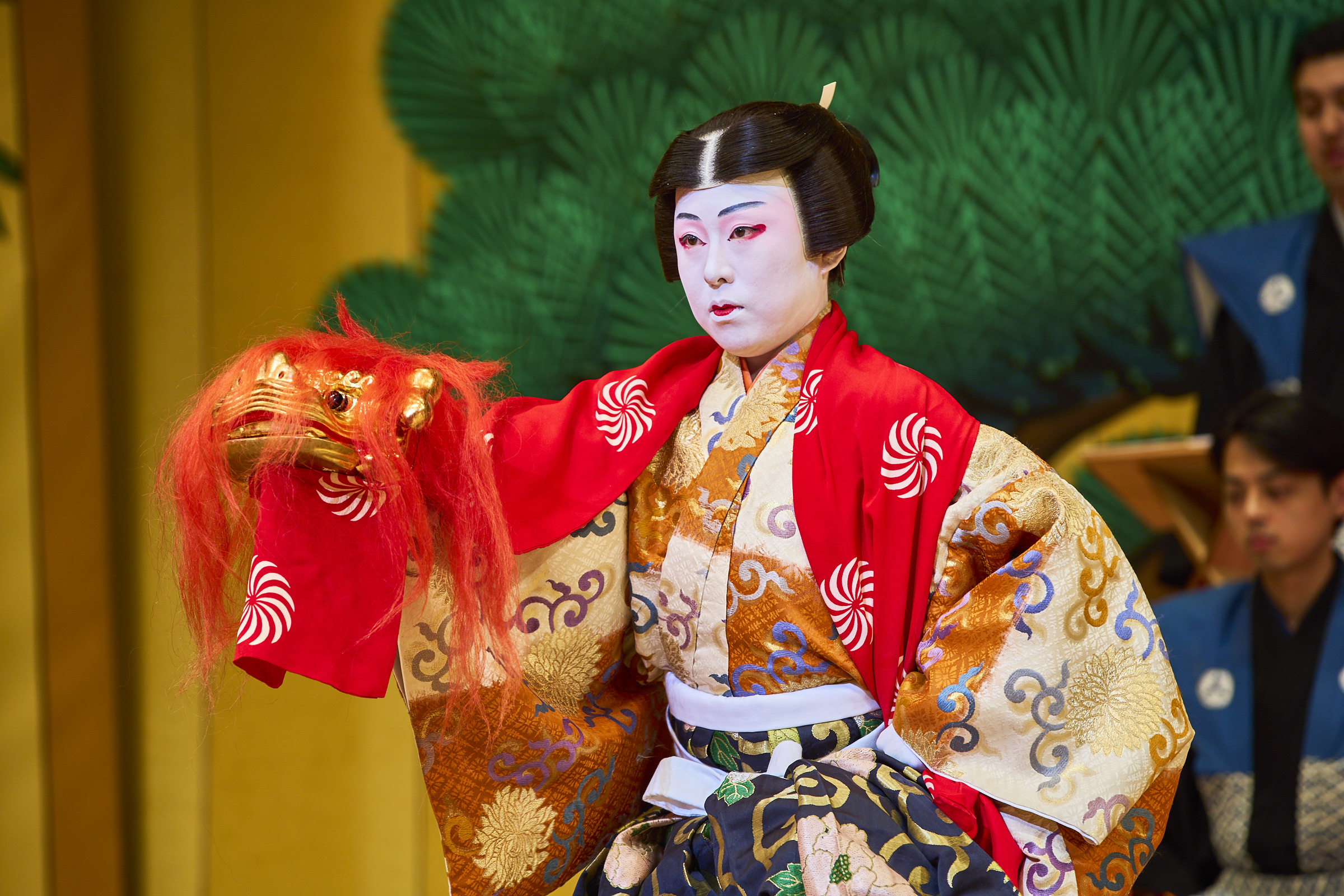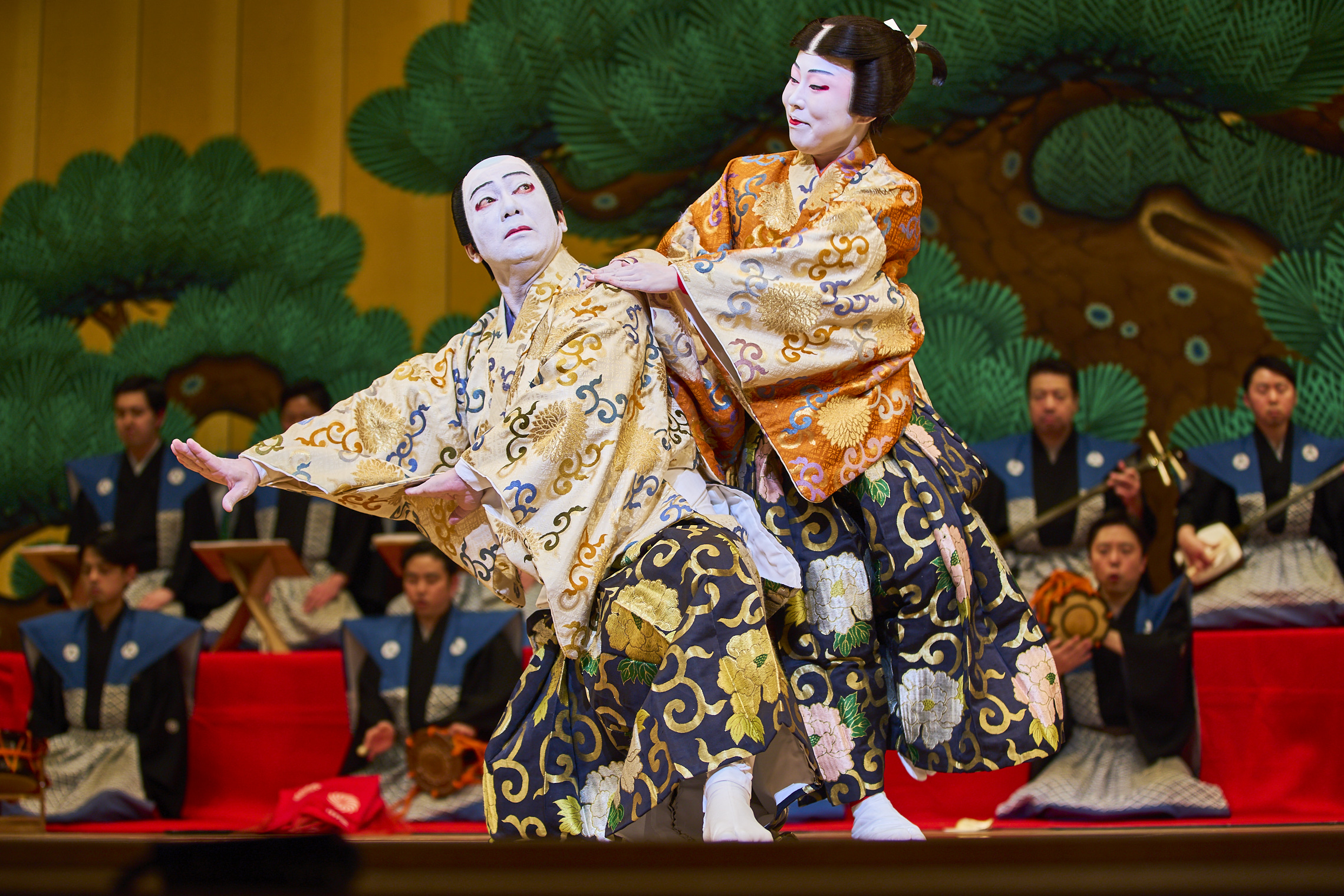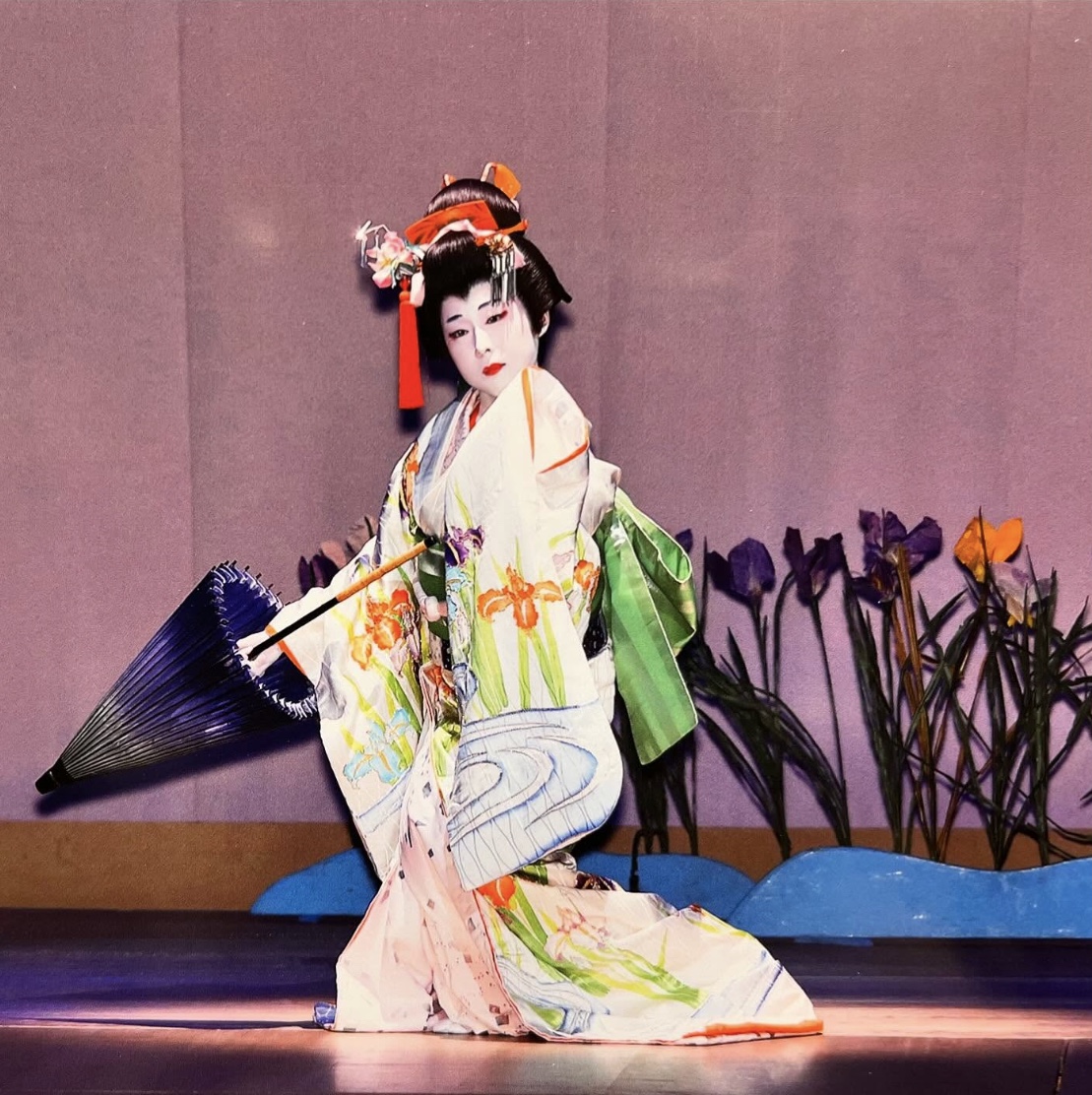creators
- ALL
- Artist
- Handicrafts
- JAPAN DANCE
- CULCTURE
- JAPANESE
- FLOWER ART
- GRAPHIC
- CALLIGRAPHY
- COS DESIGN
- COSPLAY
- EXHIBITION
- PHOTOGRAPHY
- PERFORMANCE
- BEAUTY
- SPORTS
- LIVE
- LIVE PAINT
- DANCE
- EVENT
- ART
- DESIGN
- MUSIC
LOCATION
Hanakawa Kacho
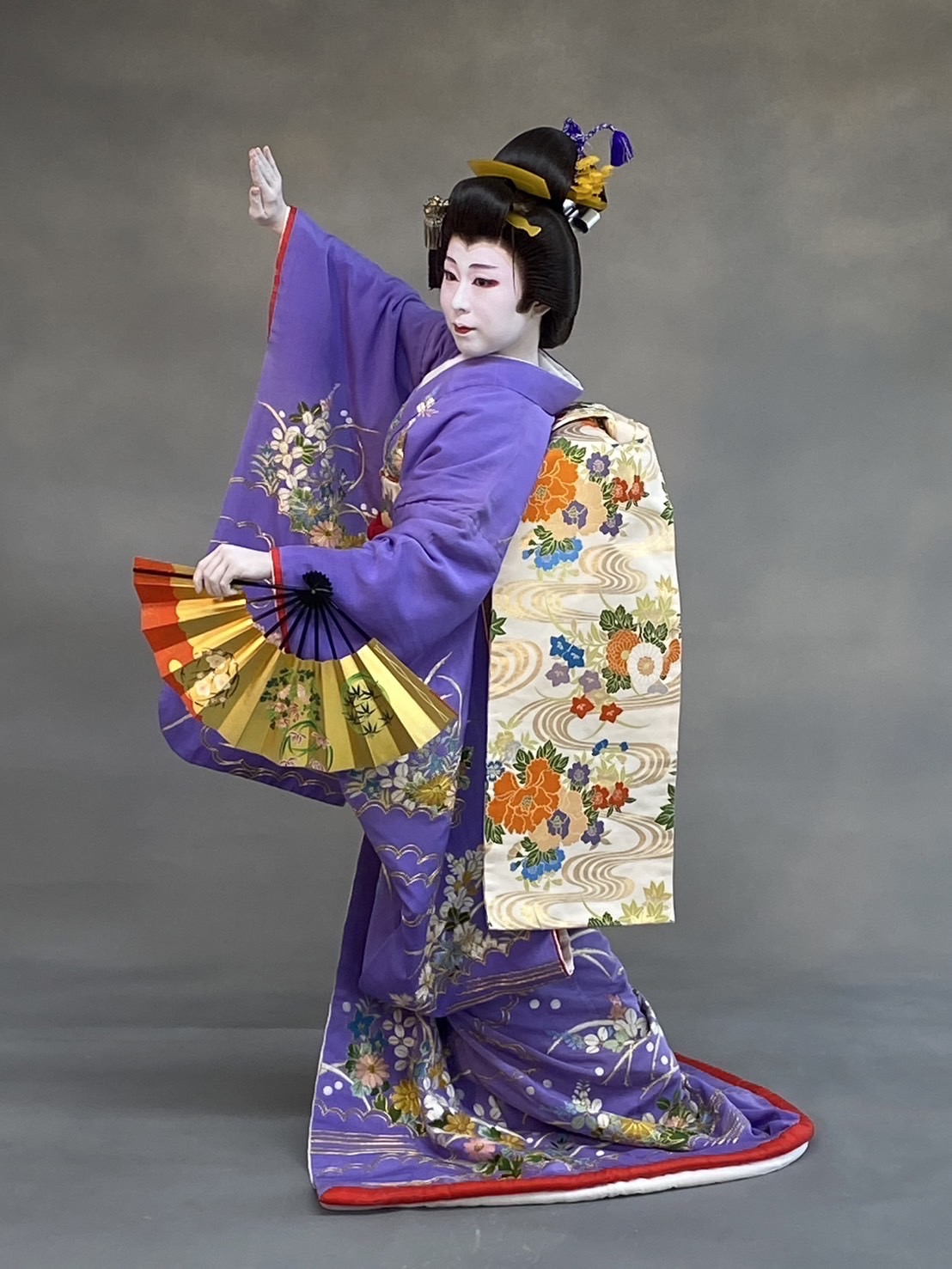
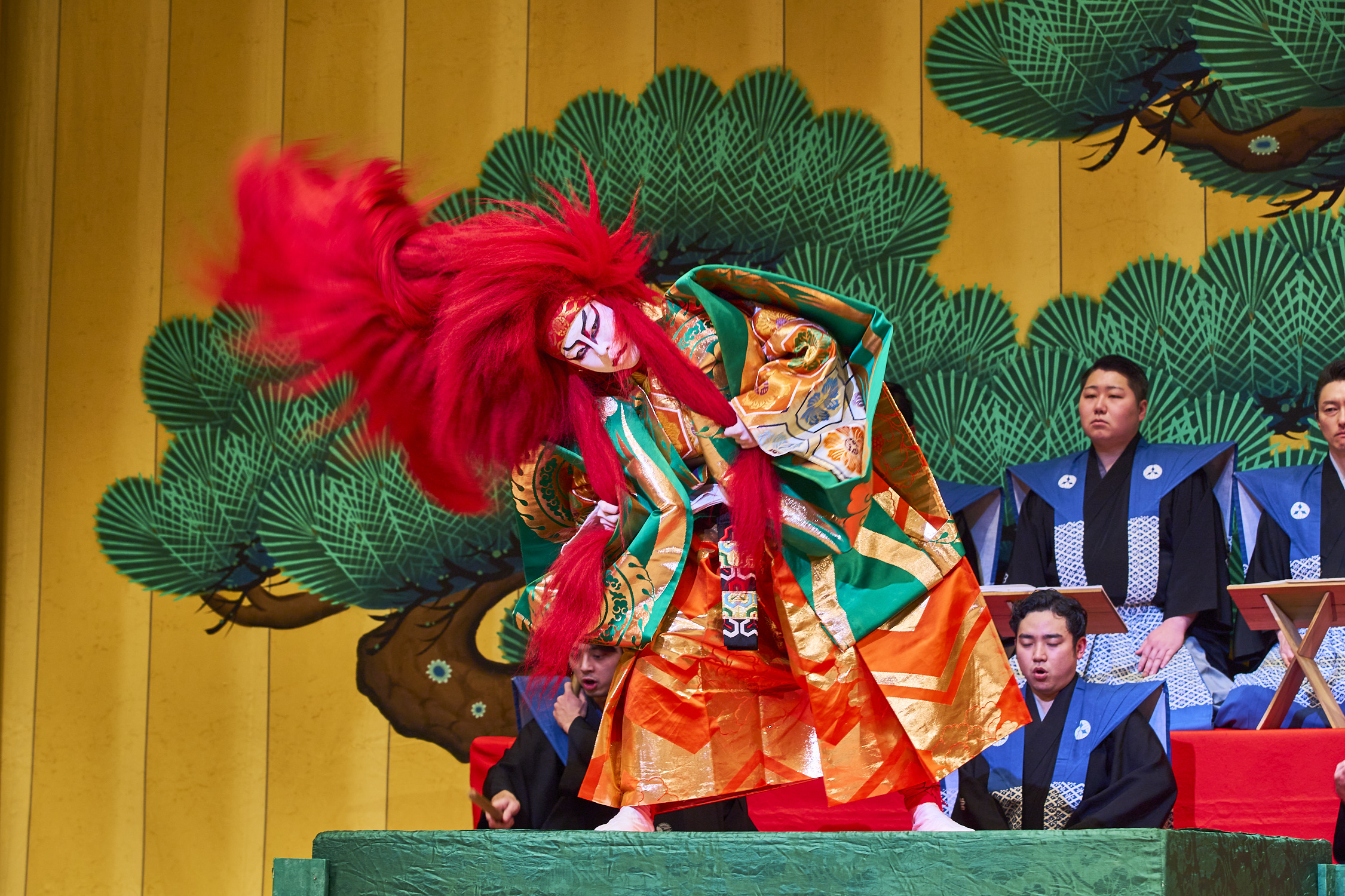
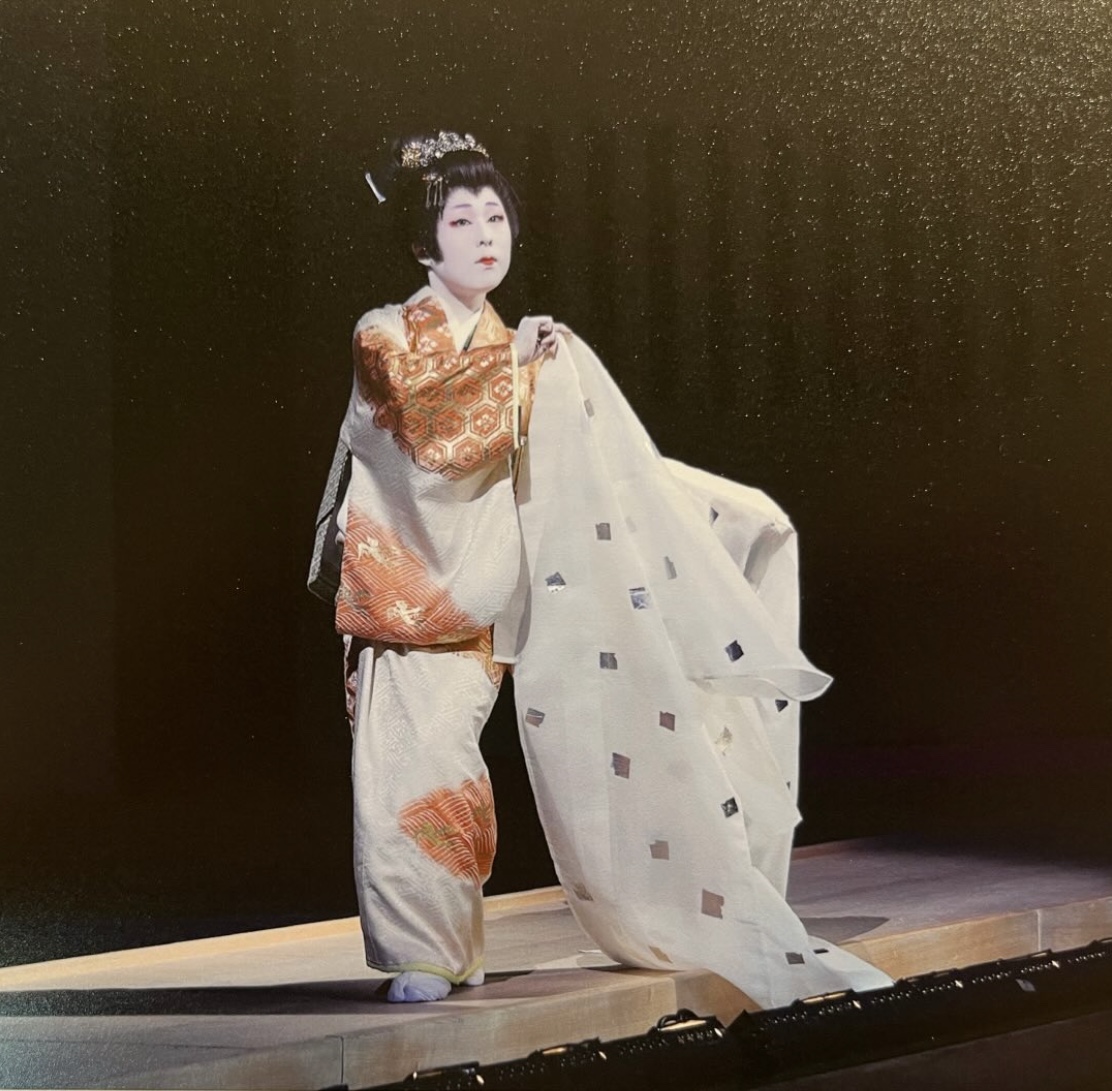
Hanakawa Kacho
PROFILE
Hanakawa Kacho
Japanese Dancer / Member of the Aoi Dance Promotion Association
Biography
Born in Chiba Prefecture. After attending Konodai Girls' Academy from elementary school through high school, she graduated from Kokugakuin University, Faculty of Letters, Department of Japanese Literature. She studied Japanese dance from a young age and made her stage debut at the National Theatre Grand Theater at the age of four. Since then, she has performed in numerous classical and new dance productions, continuing to preserve tradition and explore new forms of dance expression. In 2013, she attained the Hanakawa School Natori certification. Currently a member of the Aoi Dance Promotion Association, she continues to perform on stage as a dancer, while also nurturing the next generation and promoting the appeal of Japanese dance.
Major Stage Appearances
2000: Tokiwazu "Onatsu Kyoran" (The Village Child) (National Theatre Large Theater)
2002: Nagauta "Otsukisama" (The Moon) (National Theatre Small Theater)
2003: Nagauta "Fujimusume" (The Fujimusume) (National Theatre Small Theater)
2004: Kiyomoto "Odoke Nari Tamatori" (The Dancing Tamatori) (National Theatre Large Theater)
2013: Nagauta "Futari Dojoji" (The Two Dojoji) (National Theatre Large Theater) / Acquired the Natori title of Hanakawa School
2016: Kiyomoto "Ju Aoi Maiyousai" (National Theatre Large Theater)
2019: Tokiwazu "Tsuri Onna" (The Fishing Woman) (Asakusa Public Hall)
2023: Danjo Dojoji (Dancing Man and Woman Dojoji) (National Theatre Large Theater)
2024: Renjishi (Renjishi) (Asakusa Public Hall/Cerulean Tower Noh Theater)
2025 Tokiwazu "Toto Shishi" (Kioi Hall/Asakusa Public Hall), etc.
Performance Style and Characteristics
Hanakawa Kacho has captivated audiences with her rich emotional expression, tailored to each role, while cherishing the intricate movements of classical dance. While rooted in tradition, she is unique in her pursuit of dance expression that reaches contemporary audiences. She is particularly renowned for her expressiveness in large-scale pieces such as "Fujimusume," "Dojoji," and "Renjishi."
Activities
In addition to performing in dance shows, she actively participates in cultural exchange through dance, centering on her stage appearances at Asakusa Public Hall and the National Theater. She also promotes the appeal of Japanese dance through social media.
花川 花蝶(はなかわ かちょう)
日本舞踊家/葵舞踊振興協会所属
略歴
千葉県生まれ。国府台女子学院小学部から高等部までを経て、國學院大學 文学部日本文学科を卒業。幼少より日本舞踊を学び、4歳のときに国立劇場大劇場で舞台デビューを果たす。その後、数多くの古典舞踊や新作舞踊に出演し、伝統の継承と舞踊表現の探求を続けている。2013年に花川流名取を取得。現在は葵舞踊振興協会に所属し、舞踊家として舞台出演を重ねながら後進の育成や日本舞踊の魅力を広める活動にも取り組んでいる。
主な舞台出演歴
2000年 常磐津『お夏狂乱』里の子〈国立劇場大劇場〉
2002年 長唄『お月様』〈国立劇場小劇場〉
2003年 長唄『藤娘』〈国立劇場小劇場〉
2004年 清元『おどけ俄煮珠取』町娘妹役〈国立劇場大劇場〉
2013年 長唄『二人道成寺』〈国立劇場大劇場〉/花川流名取取得
2016年 清元『寿葵舞容彩』〈国立劇場大劇場〉
2019年 常磐津『釣女』上﨟役〈浅草公会堂〉
2023年 『男女道成寺』〈国立劇場大劇場〉
2024年 『連獅子』〈浅草公会堂/セルリアンタワー能楽堂〉
2025年 常磐津『東都獅子』〈紀尾井ホール/浅草公会堂〉 ほか
芸風と特色
花川花蝶は、古典舞踊の精緻な所作を大切にしつつ、舞台ごとに役柄に応じた豊かな感情表現で観客を魅了してきた。伝統に根ざしながらも、現代の観客にも届く舞踊表現を追求している点が特徴である。特に「藤娘」「道成寺」「連獅子」など大曲での表現力に定評がある。
活動
舞踊公演の出演に加え、浅草公会堂や国立劇場での舞台活動を軸に、舞踊を通じた文化交流にも積極的に参加。SNSを通じて日本舞踊の魅力を広める発信も行っている。

